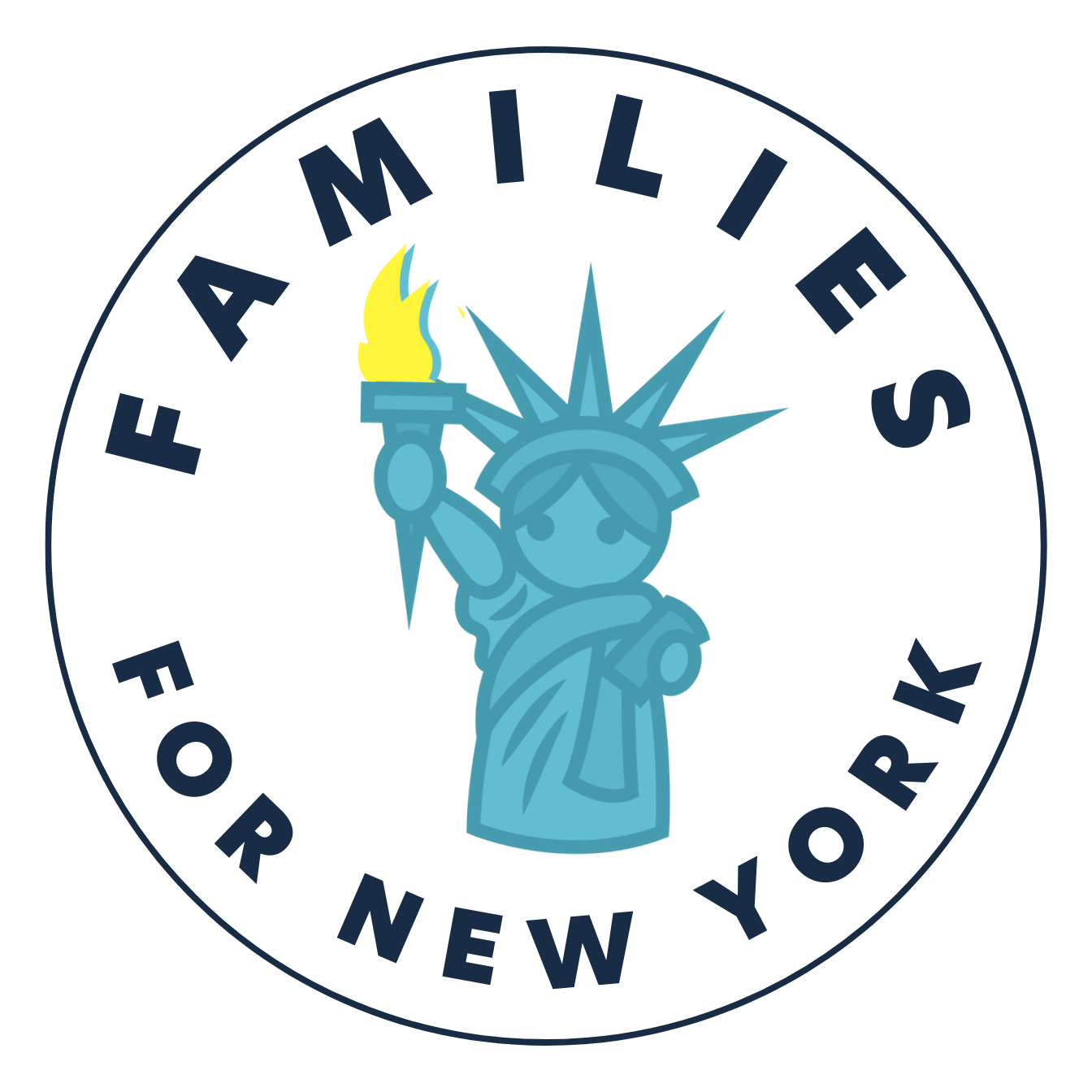We Don’t Tell Stories Anymore: Review of Moth
By Shannon Edwards
The Moth is an institution that some know from their public radio show The Moth Radio Hour, but if you are lucky, you’ve also had the chance to attend an in-person event as well.
It’s worth it and will leave you with a lot to think about.
A couple of weeks ago, I was lucky to attend what they call a “mainstage event” in New York City, and the best explanation of the experience comes from the organization website itself…
“The Moth is true stories, told live and without notes. The Moth celebrates the ability of stories to honor both the diversity and commonality of human experience, and to satisfy a vital human need for connection. It seeks to present recognized storytellers among established and emerging writers, performers and artists and to encourage storytelling among communities whose stories often go unheard.”
History of the Organization
The Moth was founded in 1997 by novelist George Dawes Green. Green wanted to recreate the experience of warm nights where moths were attracted to the light on the porch and friends would gather to tell stories. The first event was in New York City at Green’s home, and today there are open-mic storytelling competitions in 26 US cities as well as Melbourne, AU and London, UK. The organization also includes a community program offering, a program for high schools and colleges in New York, a podcast, and the Peabody Award-winning The Moth Radio Hour heard on over 575 public radio stations nationwide. There is more… but you get the point… it’s a large and successful operation based on the simple premise of personal storytelling.
Stories Without Editorial & Relevance to the Moment
To hear humans from all walks of life tell a simple ten minute tale about their life is, in itself, beautiful and inspiring. But what gave me pause when attending a Moth event last month was something else… it was that the stories stand alone.
What does that mean?
It means that we spend so much of our time couching our own thoughts, experiences, and stories in tribalism, excuses, and politics rather than allowing it to sit as is. How frequently do we hear someone tell a personal story that doesn’t have a subtext attached regarding why they vote a certain way or make certain choices? We don’t share the specifics of the human experiences we share and let those facts lie.
Show Don’t Tell
An well-worn adage from journalism school, “show don’t tell,” means painting a picture with facts first, and avoiding any effort to tell the reader or listener what to think (ironically, many of our media outlets no longer follow this creed lest they miss clickbait opportunity). But it’s a reminder that you can let people come to their own conclusions by simply sharing facts.
During the show I attended, a woman talked about being a child escaping to Sudan during the Eritrean–Ethiopian War. She painted a picture rich with the observations of a child experiencing nature during a long walk, or befriending a donkey. Interspersed was the reality of pain, hunger, and fear, but there was no need to “tell” the listener that war was cruel. And that was the power of her story.
It was a powerful reminder that we don’t need to tell people how to feel or think, but instead lead them to come to their own conclusions. We can provide facts in advocacy and see where they lead.
It’s a great lesson no matter what you advocate for in your life.
To learn more about The Moth visit moth.org.

